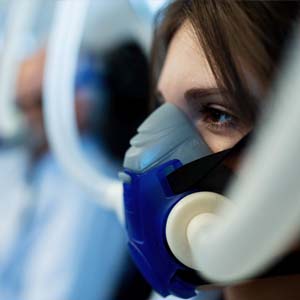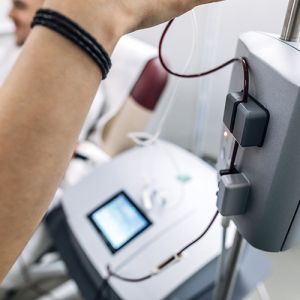Fibromyalgia Chest Pain
Fibromyalgia Chest Pain
Chronic pain, soreness, and exhaustion in the muscles and bones are symptoms of the painful disorder fibromyalgia. Fibromyalgia discomfort occasionally spreads to the chest, though symptoms differ from person to person. In the middle of the chest, close to the breastbone and rib cage, this pain is most strongly stabbing in nature.
As fibromyalgia chest pains can mirror a heart attack, it can be a terrifying and difficult experience. Your level of activity will determine how you feel. Consult a doctor if your symptoms get worse.
There are 18 different pain points for fibromyalgia. Doctors apply pressure to various sites spread throughout your body to determine whether they hurt in order to accurately diagnose this ailment.
From the back of your skull to the inner regions of your knees, there are pairs of pressure points that are gathered together. These pressure points on the chest make contact with the upper collarbone. On the other hand, you can feel pain on either the left or right side of your chest.
Costochondritis, a disorder that inflames the cartilage bridging your ribs and breastbone, is another name for the chest discomfort that fibromyalgia patients have experienced. Pain from costochondritis is typically felt in the upper breast bone and rib cage. Shoulders and arms may also experience tenderness and pain.
These pain points, if properly documented, can be a very useful diagnostic tool when combined with other functional diseases like sleep disorders, exhaustion, and cognitive symptoms.
The extensive pain associated with fibromyalgia is known to affect the entire body, occasionally even the chest. Typical descriptions of fibromyalgia chest pain include:
- Sharp
- Stabbing
- Intense
- Inflamed or burning sensation
- Mild ache or chronic
- Knotted
- Tight
This constrictive feeling may have an impact on the respiratory system, affecting breathing and resulting in shortness of breath.
It is uncertain what causes fibromyalgia and the pain that goes along with it. Several things may affect symptoms, including the following:
- Heredity
- Trauma or injury to the chest
- Infections that affect how the nervous system responds to pain, or heighten your sensitivities
- Low hormone levels — such as dopamine and serotonin — that prohibit communicating pain signals
inflammation from physical strain
The goal of treatment for fibromyalgia and associated chest pain is to lessen discomfort, manage symptoms, and include self-care practices. Not every treatment works for every ailment.
Pain relievers
Ibuprofen, naproxen, and paracetamol are a few examples of over-the-counter drugs that can assist in temporarily lessening the pain. Your doctor might suggest a stronger medication depending on how uncomfortable you are.
Physical therapy
You can learn how to develop strength and endurance to cope with the symptoms of chronic pain by doing exercises from therapy sessions.
Counselling
Counselling sessions are a healthy way for you to communicate your distress. Your therapist can help you learn coping mechanisms for your suffering and psychological pressures. To assist you in learning how to live and breathe despite your suffering, they might also offer certain meditation approaches.
treatment modalities to treat the symptoms and ease chronic fibromyalgia pain.










